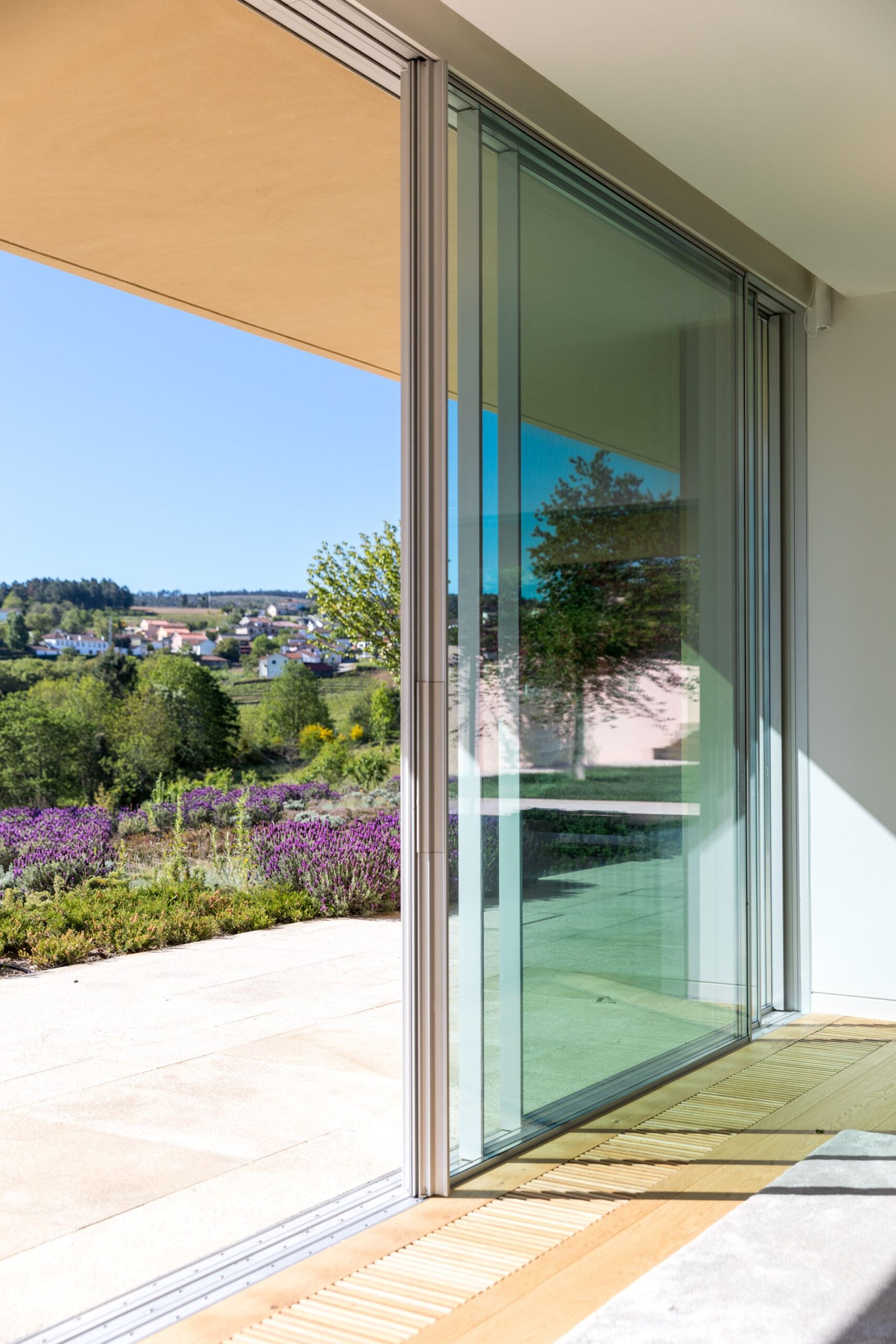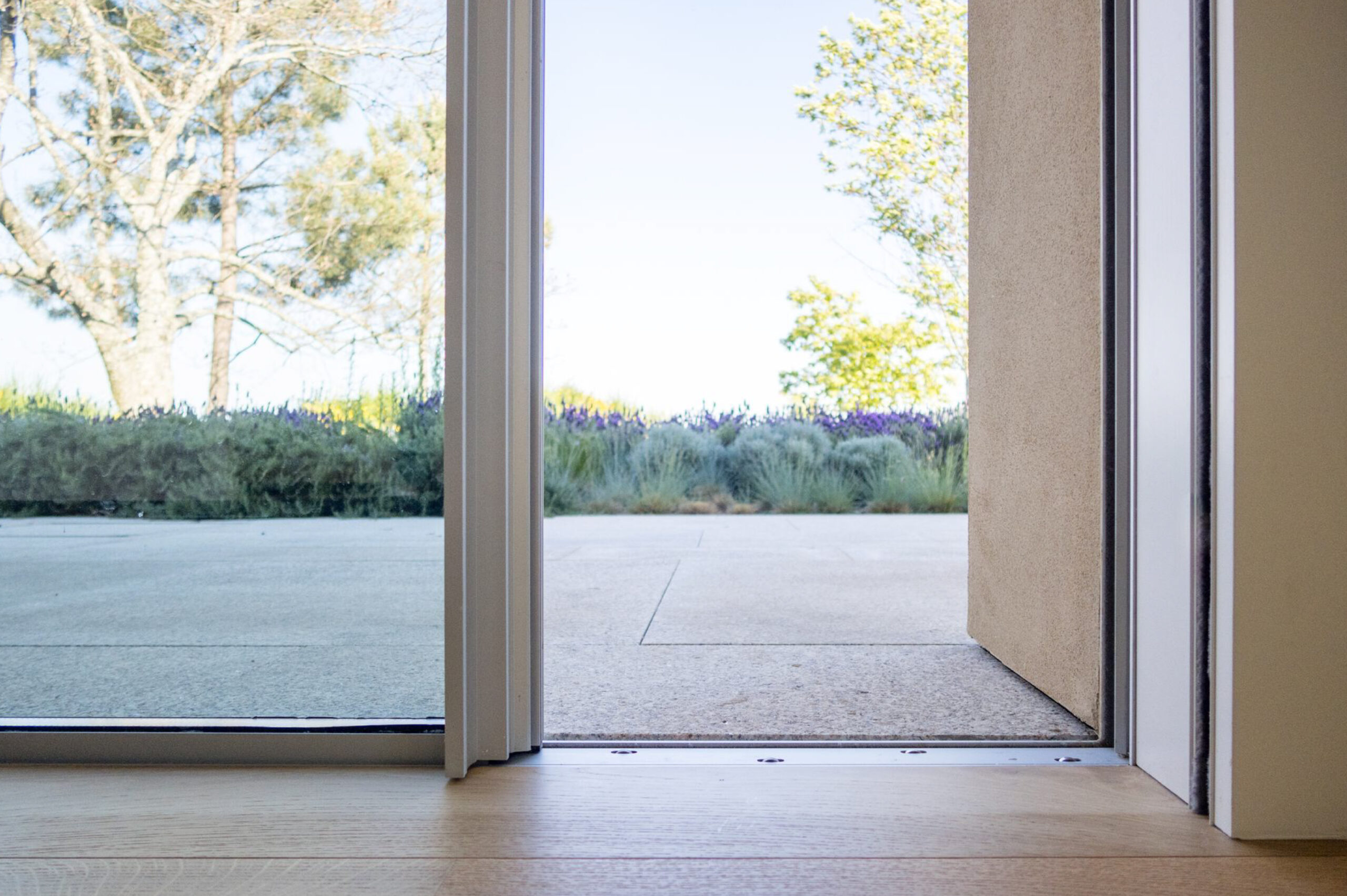At OTIIMA, we are dedicated to pushing the boundaries of window design, continually improving aesthetics, functionality, and performance. Our latest innovation, OTIIMA PLUS, represents the pinnacle of our expertise in minimalist frame systems, offering a revolutionary combination of refined aesthetics and superior performance.
The Evolution of Minimalism: OTIIMA PLUS
OTIIMA PLUS is not just an upgrade but the culmination of years of experience and innovation in minimalist framing systems. This advanced system features a flush frame design that blends seamlessly with any architectural style, providing a clean, uninterrupted view that enhances the overall aesthetics of any space.
Unparalleled Performance and Design
Our commitment to excellence is evident in the meticulous design and engineering of OTIIMA PLUS. This system has been distinguished with multiple design awards, a testament to its superior air and water performance. The flush head and sill tracks, a signature feature of the PLUS series, ensure a sleek, modern look while maintaining exceptional structural integrity and stability.



© João Ferrand
Versatility Across Climates and Applications
OTIIMA PLUS is available in three different configurations, each designed to meet specific climate and project requirements:
- 26 PLUS: This hybrid system features insulated glass and uninsulated monolithic aluminum frames, perfect for warm climates or projects with reduced thermal requirements. Designed to accept 26mm (1″) insulated glass, 26 PLUS is ideal for projects where aesthetics and basic thermal performance are a priority.
- 38 PLUS: Building on the versatility of the 38 Classic, the 38 PLUS system offers enhanced thermal versatility and structural strength. Suitable for warm and moderately cold climates, it accepts 1-1/2″ (38 mm) insulated glass and supports triple-pane glass for increased thermal efficiency.
- 54 PLUS: Designed specifically for cold climates, the 54 PLUS system is optimized for 54mm (2-1/8″) triple-pane insulated glass for maximum thermal performance. It can also accommodate oversized “jumbo” double-pane glass and multiple laminated glass options for sound reduction and impact resistance.

© João Ferrand
Innovative Configurations for Every Design Need
OTIIMA Plus offers various configurations to meet architectural needs, including fixed windows, multi-panel sliding windows/doors, and corner opening configurations. In addition, door automation can be seamlessly integrated into all of our sliding door systems for added convenience and sophistication.
A New Benchmark in Minimalist Design
More than just a window system, OTIIMA PLUS is a statement of refined elegance and unparalleled performance. By capturing the essence of a classic design and enhancing it with modern innovations, OTIIMA PLUS sets a new standard in minimalist framing systems. Whether designing for warm, temperate, or cold climates, OTIIMA PLUS offers the versatility, durability, and aesthetics to bring your architectural vision to life.
Discover our projects with OTIIMA Plus System here
